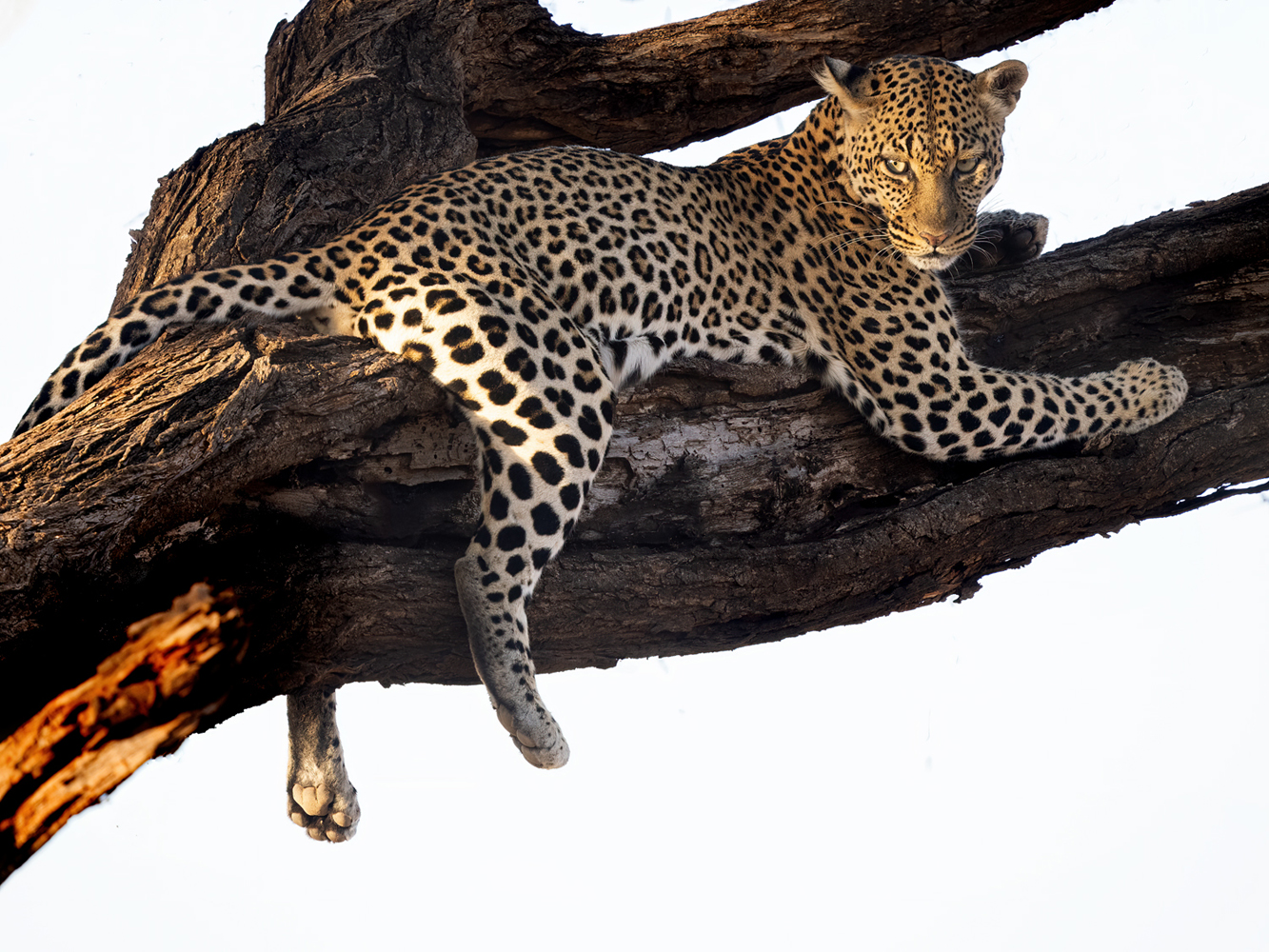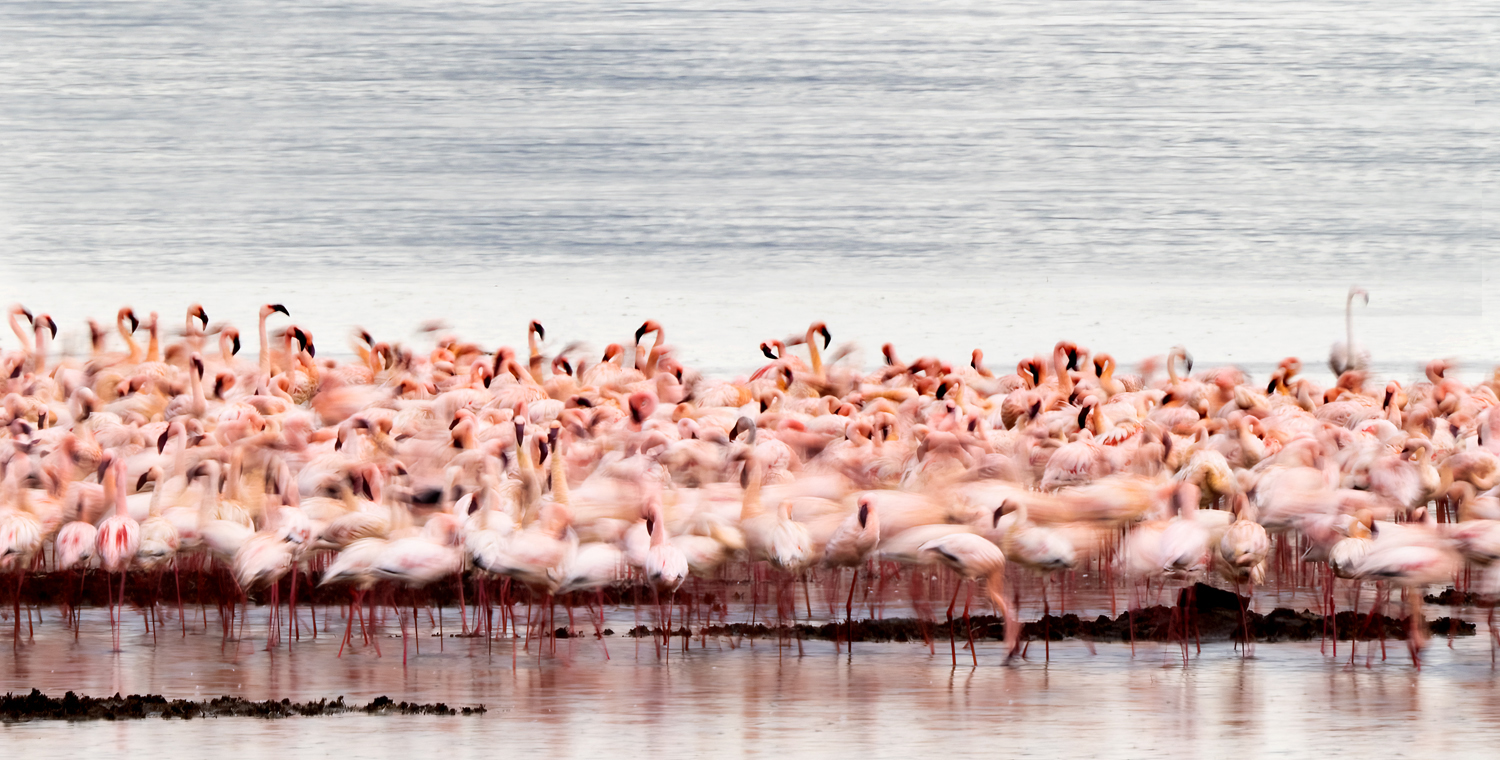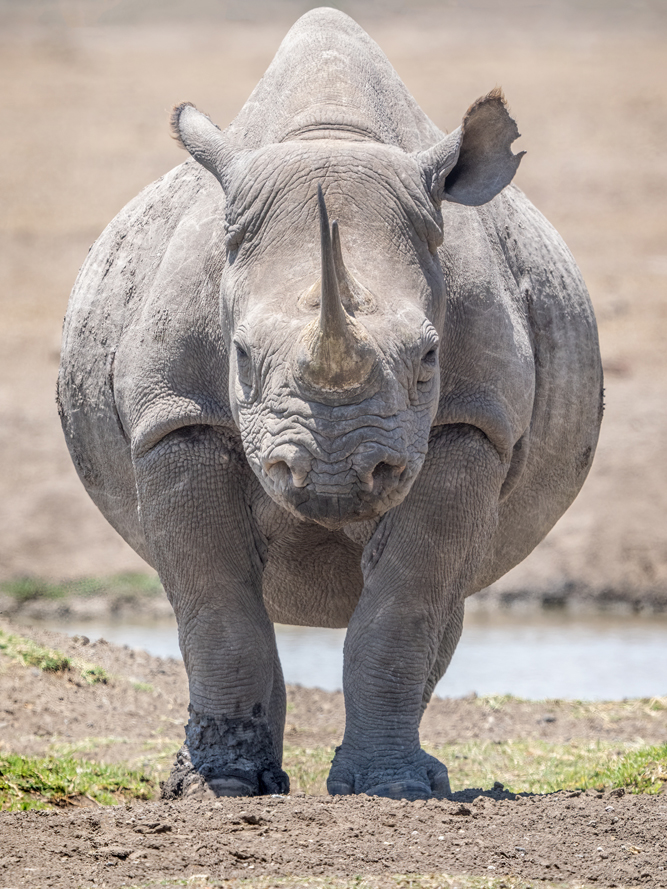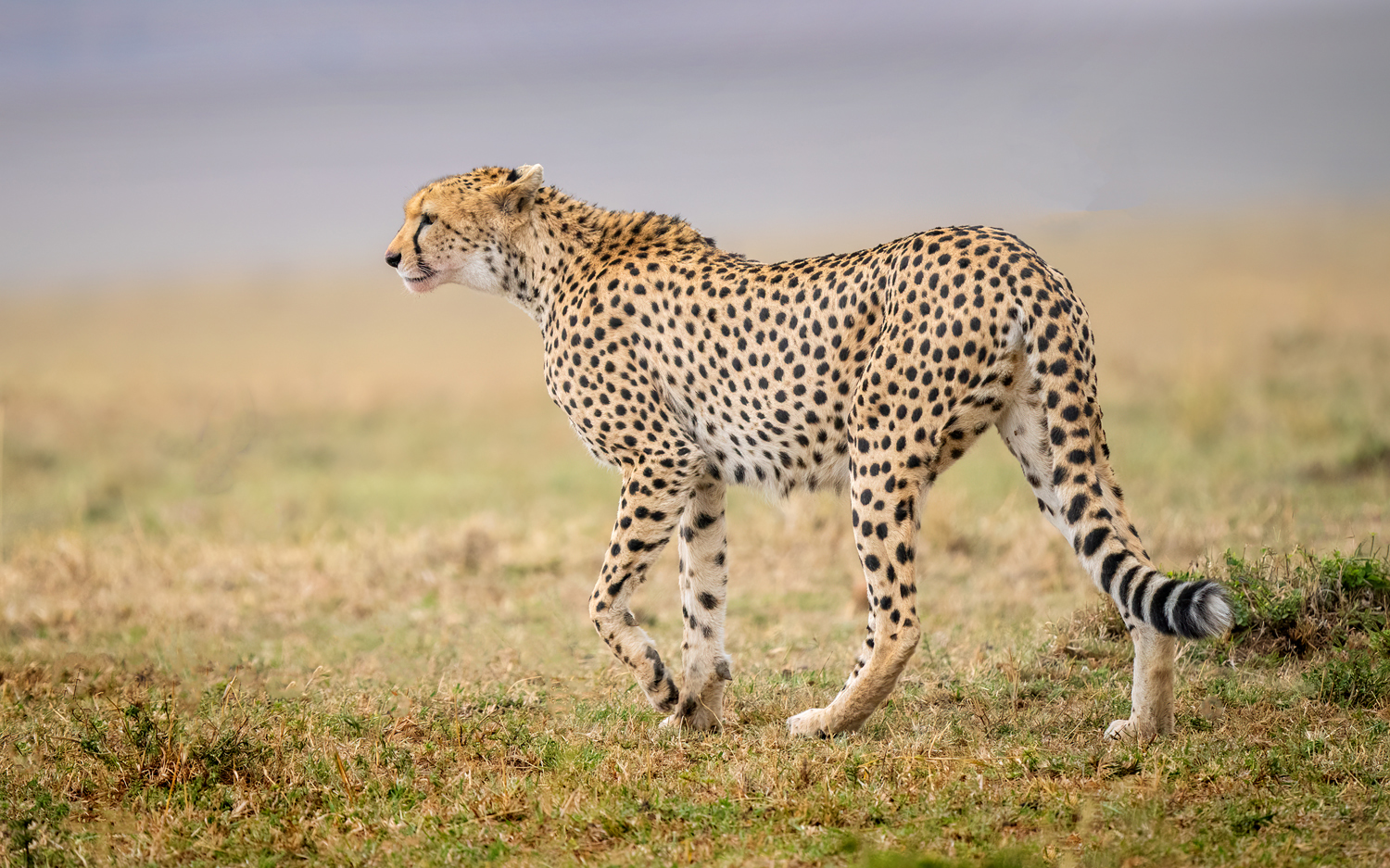One of the first places photographers think of when considering an Africa photo safari is Kenya. This is for very good reason! Kenya offers one of the greatest diversities of large animals in a grand landscape found anywhere on the planet. In addition to the incredible diversity of species, the sheer numbers of animals found migrating to the Masai Mara National Reserve each season will blow you away.
Our trip is designed to allow us ample time to photograph as much of the Kenyan wildlife numbers and diversity as possible all in a two-week safari.

After a short flight from Nairobi, we landed at our first camp in the Masai Mara. A visit to the “Mara” this time of the year isn’t only about the concentration of thousands of wildebeest, zebras, Thompsons gazelles and topis making frequent dramatic crossings of the scenic Mara River. It is also about the opportunity to photograph a myriad of predators and scavengers that concentrate around this epic gathering of wildlife. Six full days here provided multiple small Mara River crossings and the chance to capture dynamic interactions between predator and prey. That said, with the migration centered in the Mara Reserve, there were also plenty of lions, leopards, and cheetahs to train our cameras on.
One of my favorite ways to travel in Africa is overland. This routing gave us an excellent platform for seeing the landscape and village scenery between the photo locations we visited. With only two travelers in each vehicle, we had plenty of room to enjoy these Land Rover journeys.

Our first overland transfer took us to Nakuru National Park, nestled along the shores of forest lined Lake Nakuru. Here we found our first rhinoceros along with good Rothschild’s giraffes and flocks of coral-hued flamingos that make this park home. One of the less advertised bonuses to our lodging came with its bird feeders. Several species of weavers as well as mousebirds made frequent visits to the lodge grounds giving us ample opportunities for great images.

After our visit at Lake Nakuru, we were off to Ol Pejeta Conservancy, one of the best places to photograph both white and black rhinos in a wild setting. With a couple of days to slow down, we soon discovered the camp waterhole provided great activity for photography for both birds and mammals. Wildlife from elephants to crowned cranes made frequent visits just beyond our luxury tent patios and all within view of Mount Kenya. The expansive acreage of Ol Pejeta is home to the one of largest protected populations of black and white rhinoceros roaming within the protection the conservancy’s boundaries.
After our stay at Ol Pejeta Conservancy, our photographic travels took us further into the increasingly arid terrain, and eventually into the dry of Samburu National Reserve. Here our comfortable camp opened new opportunities to photograph some of our old favorites, both predators and prey, while also introducing us to new species found in the reserve. Here at Samburu, wildlife like Grevy’s zebra and East African oryx along with the odd looking but distinctive gerenuk antelope were all new subjects to focus our cameras on.

It was here, from the dry Samburu, that we ended our photo journey through Kenya with a short flight back to Nairobi and onto our connecting flights back home. Through sojourns like this, one discovers Kenya will always have a hold on wildlife photographers. Our overland journey through this beautiful and diverse destination gave us one of the best photographic adventures one could have all within two weeks. As with most places in Africa this journey leaves you with the desire to return and photograph more of Africa’s wildlife gems.

